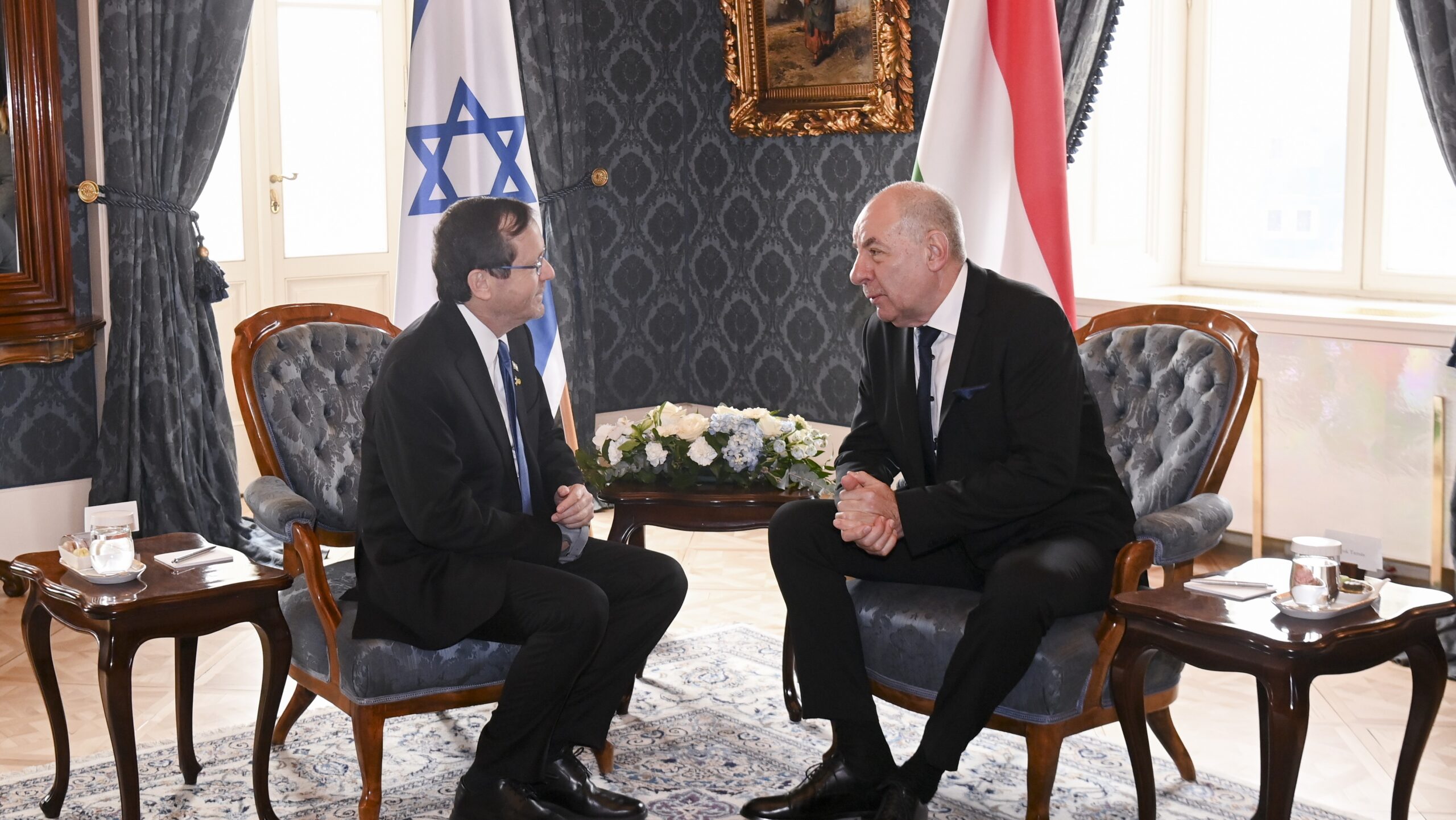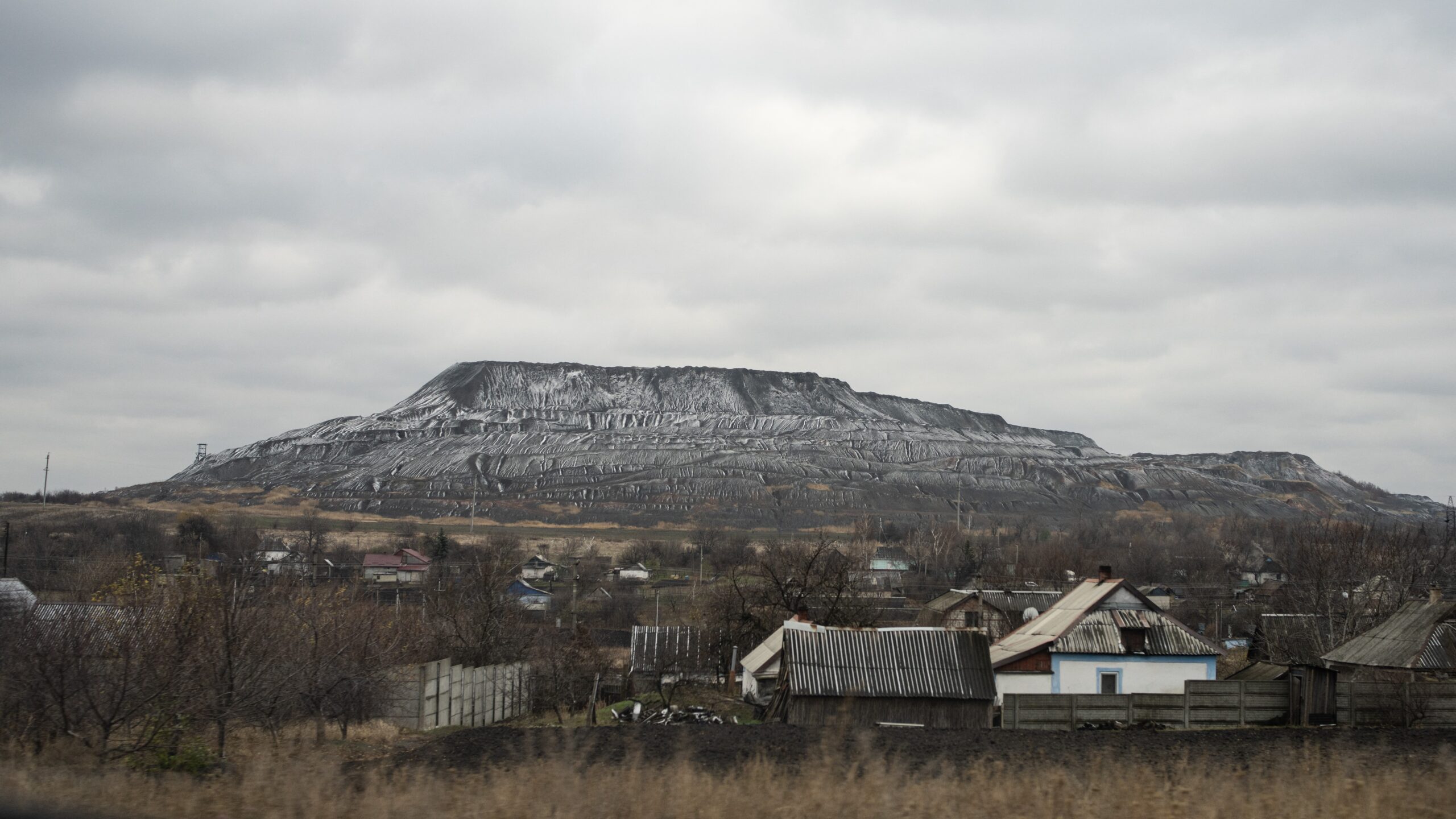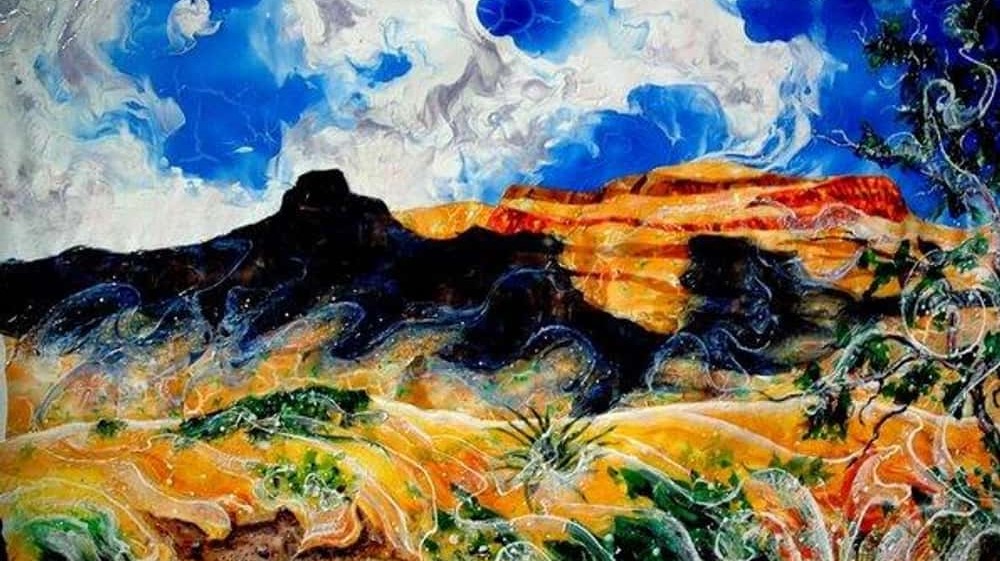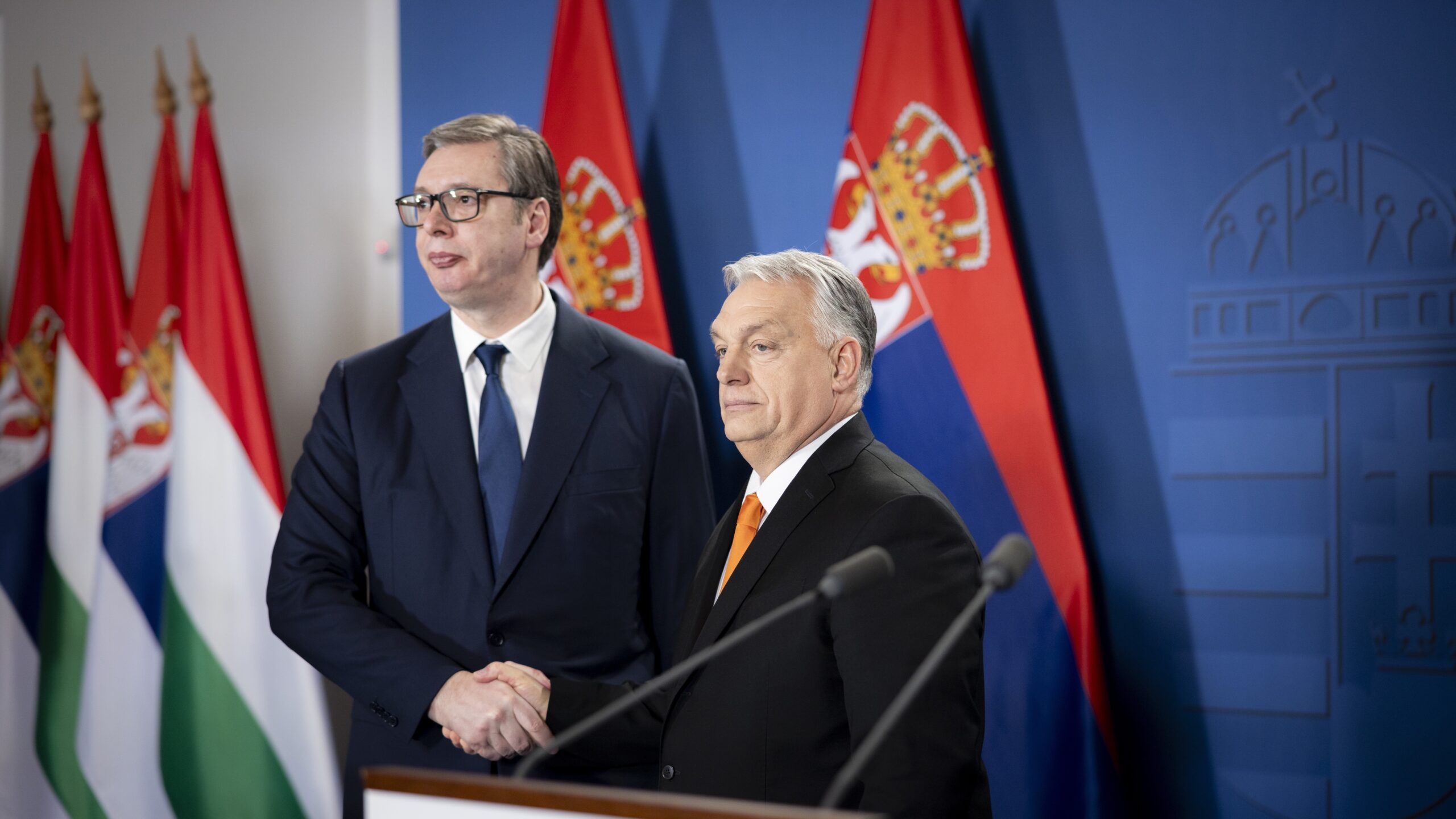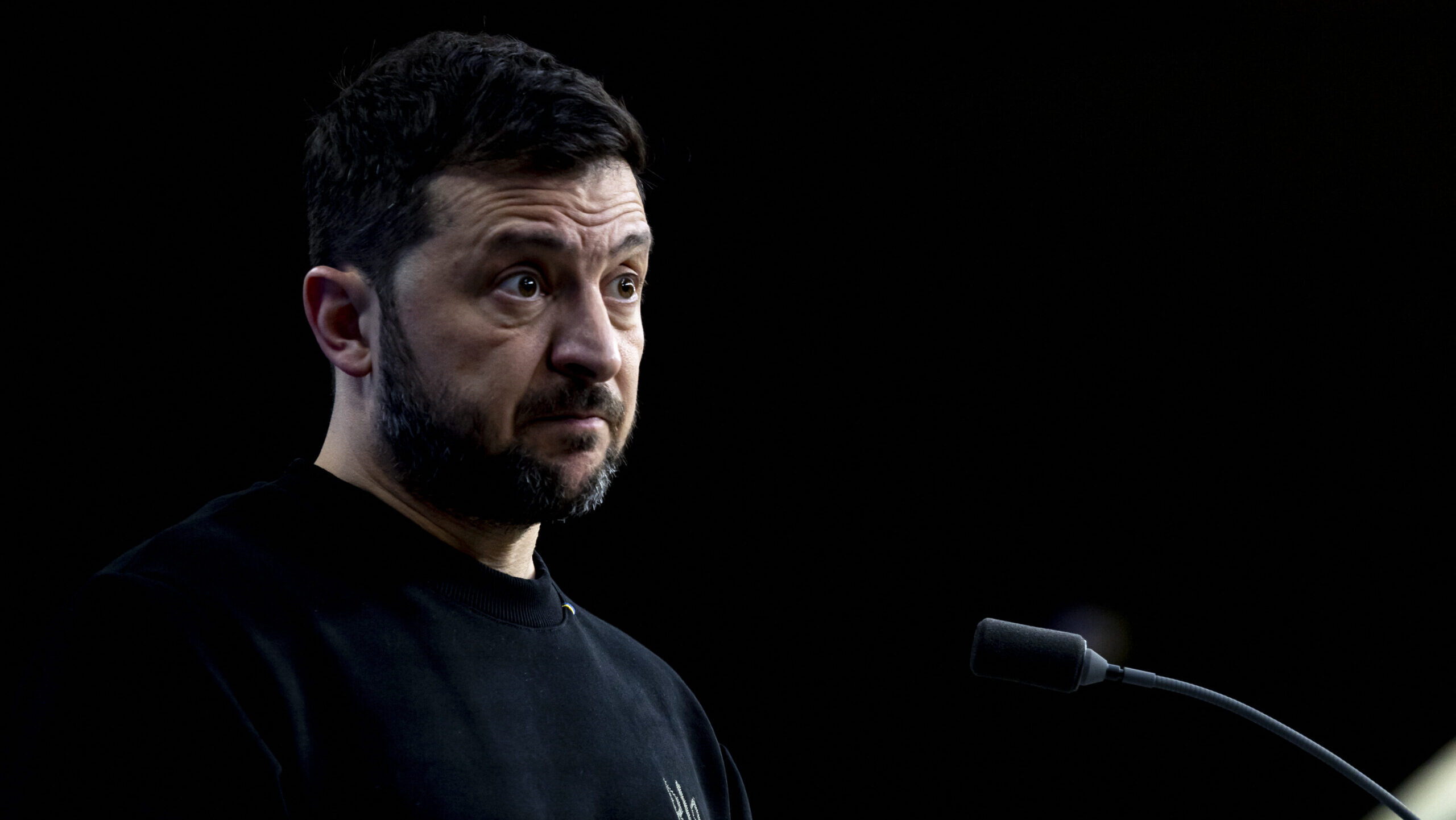
Who’s a ‘Dictator’ and Who’s Not? Trump–Zelenskyy Row Exposes Western Hypocrisy
Western European leaders were quick to rally behind Ukrainian President Volodymyr Zelenskyy after Donald Trump called him a dictator. However, those same leaders remained completely silent when, almost exactly one year ago, former US President Joe Biden accused Viktor Orbán of building a dictatorship in Hungary

